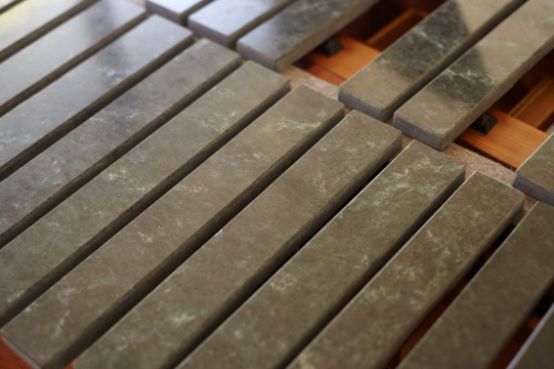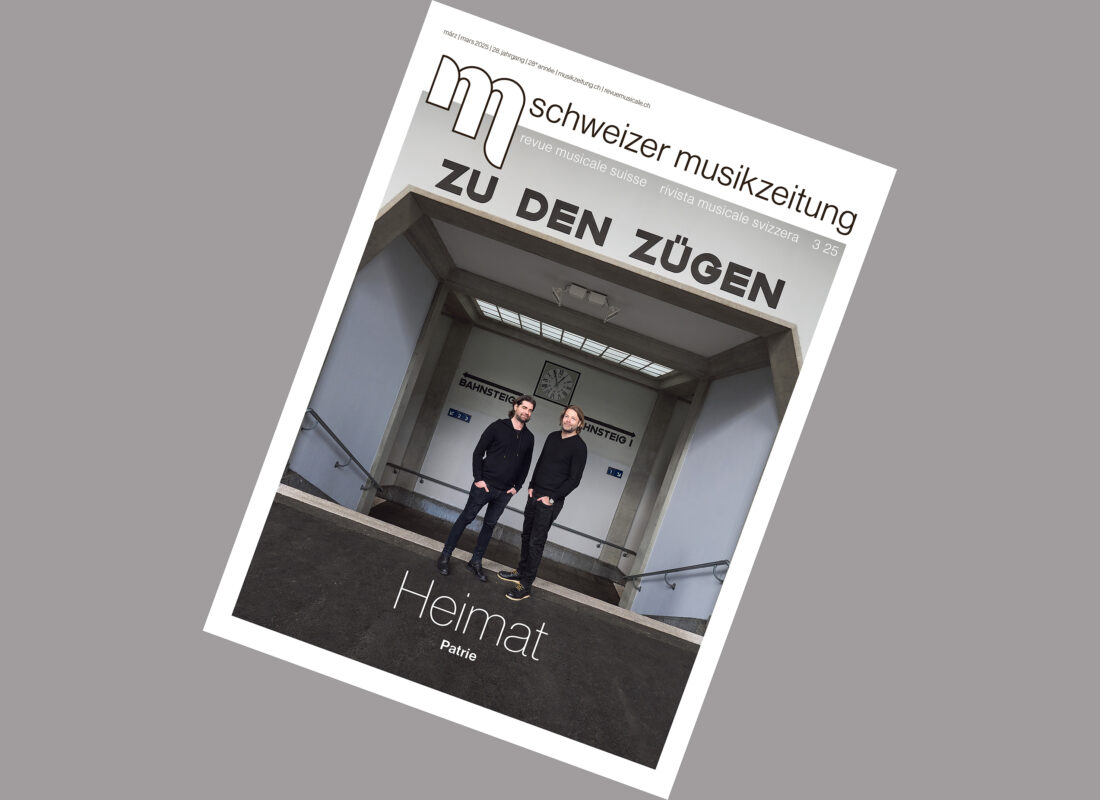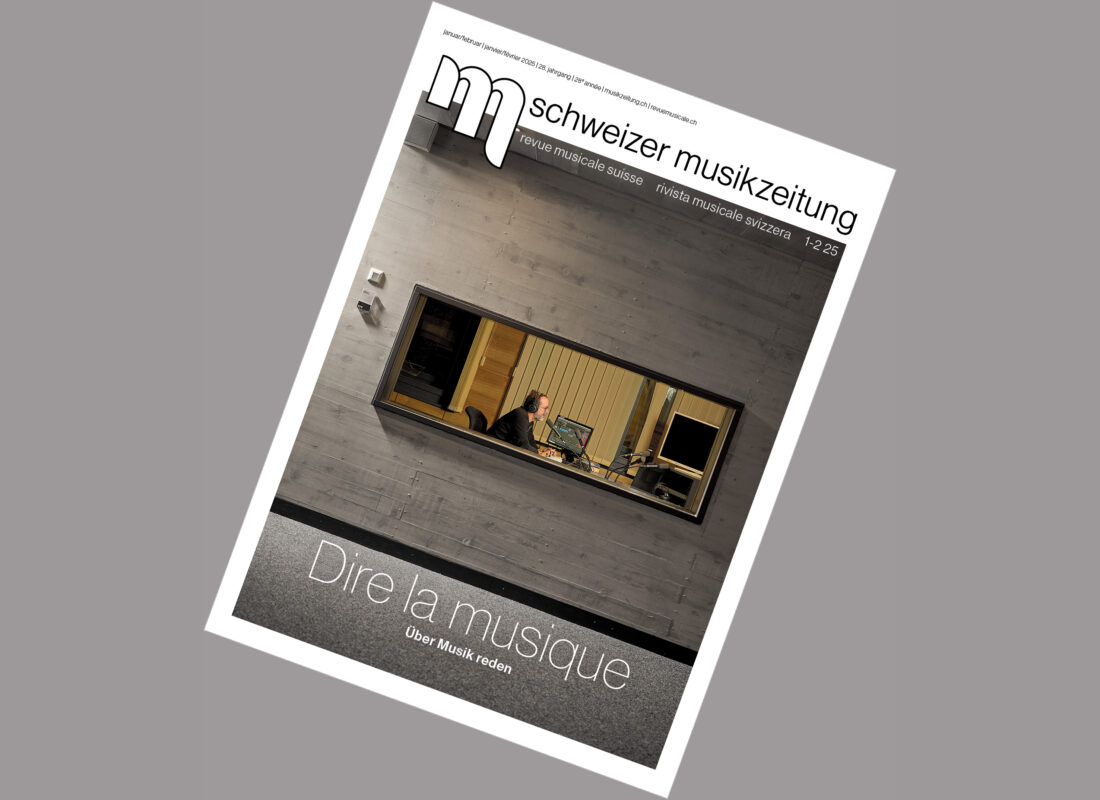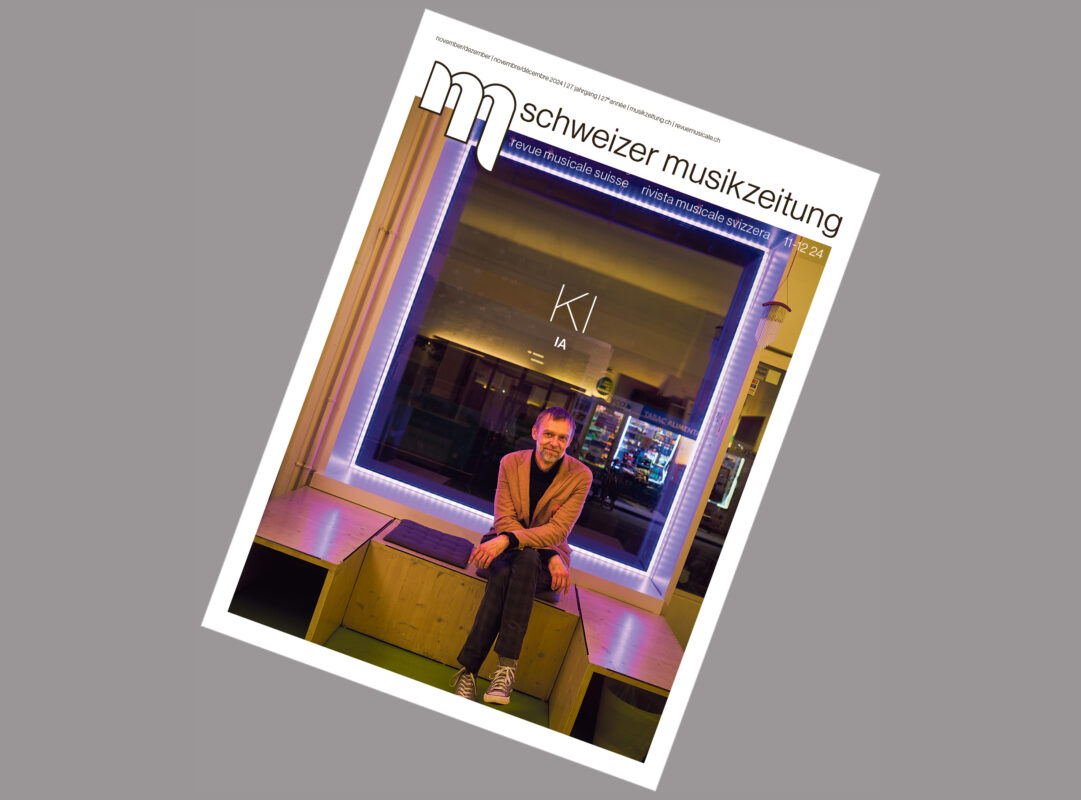Mineral echo
For years, stone was Rudolf Fritsche's working material. He came to elicit sounds from it rather by chance. It was a quest that would not let him go. He built several stone instruments, and his lithophone inspired Pierre Boulez. It has not yet gained a foothold in musical life.


For years, stone was Rudolf Fritsche's working material. He came to elicit sounds from it rather by chance. It was a quest that would not let him go. He built several stone instruments, and his lithophone inspired Pierre Boulez. It has not yet gained a foothold in musical life.
About twelve years ago Rudolf Fritscheto explore the sound of different types of stone and build his first percussion instrument. His gramorimba is the only lithophone whose plates are tuned to both the fundamental and overtone. He later added a stone gong and a stone egg to his instrumentarium. He is a sound therapist, arranges pieces and plays gramorimba in duo with flute and in trio with flute and cello. This spring, the last composition by the late Gion Antoni Derungs was premiered by the Collegium Musicum Ostschweiz: In the fairytale castleThree scenes for flute, gramorimba and string orchestra, a work commissioned by Rudolf Fritsche.
Read the interview in the printed edition of the SMZ 12/2013.
- Rudolf Fritsche at the stone gong

- Egg-shaped stone sculpture
-
- Stone gong
-
- With the bees
- Stone egg
-
- Zäuerli
- Gramorimba
In the fairytale castle by Gion Antoni Derungs
Excerpts from the concert on June 30, 2013 in the Pfalzkeller St. Gallen
Adrian Schilling, gramorimba; Hossein Samieian, flute; Collegium Musicum Ostschweiz, conductor Mario Schwarz
Adagio and Rondo KV 617 by Wolfgang Amadeus Mozart, originally composed for glass harmonica
The jazz musician Wolfgang Lackerschmid from Augsburg is a virtuoso gramorimba player, and he has also composed for the instrument. In his work The sound of stone in a 2000-year-old city three stone instruments are used: gramorimba, stone gong and stone sculpture. It is performed in the spacious rooms of the Roman Museum in Augsburg at the end of the city tours and thus forms a bridge over two thousand years of history.
The sound of stone in a 2000-year-old city by Wolfgang Lackerschmid
Students of the Leopold Mozart Center Augsburg








